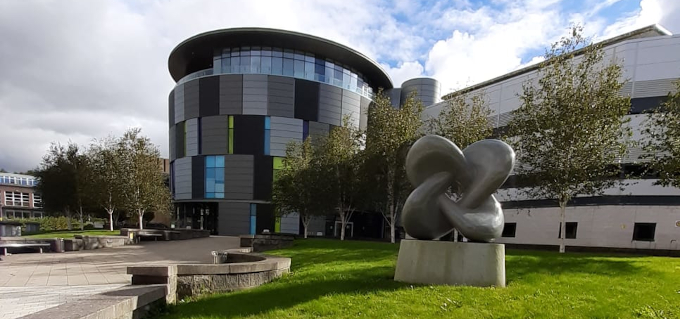Yorkshire Durham Geometry Day 2024
→
Europe/London
MCS2068 (Mathematics and Computer Science Building)
MCS2068
Mathematics and Computer Science Building
Mathematics and Computer Science Building
Durham University
Upper Mountjoy Campus
Stockton Road
Durham University
DH1 3LE
,
Description

Yorkshire Durham Geometry Days
The Yorkshire and Durham Geometry Days (YDGD) are jointly organised by the Universities of Durham, Leeds, and York and occur at a frequency of three meetings per year.
This iteration will take place at Durham University on 11 December 2024.
Speakers
- Katie Gittins (Durham)
- Umberto Hryniewicz (Aachen)
- Iolo Jones (Durham)
- Zinaida Lykova (Newcastle)
The talks will be in room MCS2068 (2n floor of the Mathematics and Computer Science building), from 1 pm - 5:30 pm.
We will meet at 12:30 pm in the Mathematics and Computer Science building lobby.
Organisers
John Bolton, Fernando Galaz-García, Martin Kerin & Wilhelm Klingenberg, Durham University.
Derek Harland & Gerasim Kokarev, University of Leeds.
Ian McIntosh & Chris Wood, University of York.
